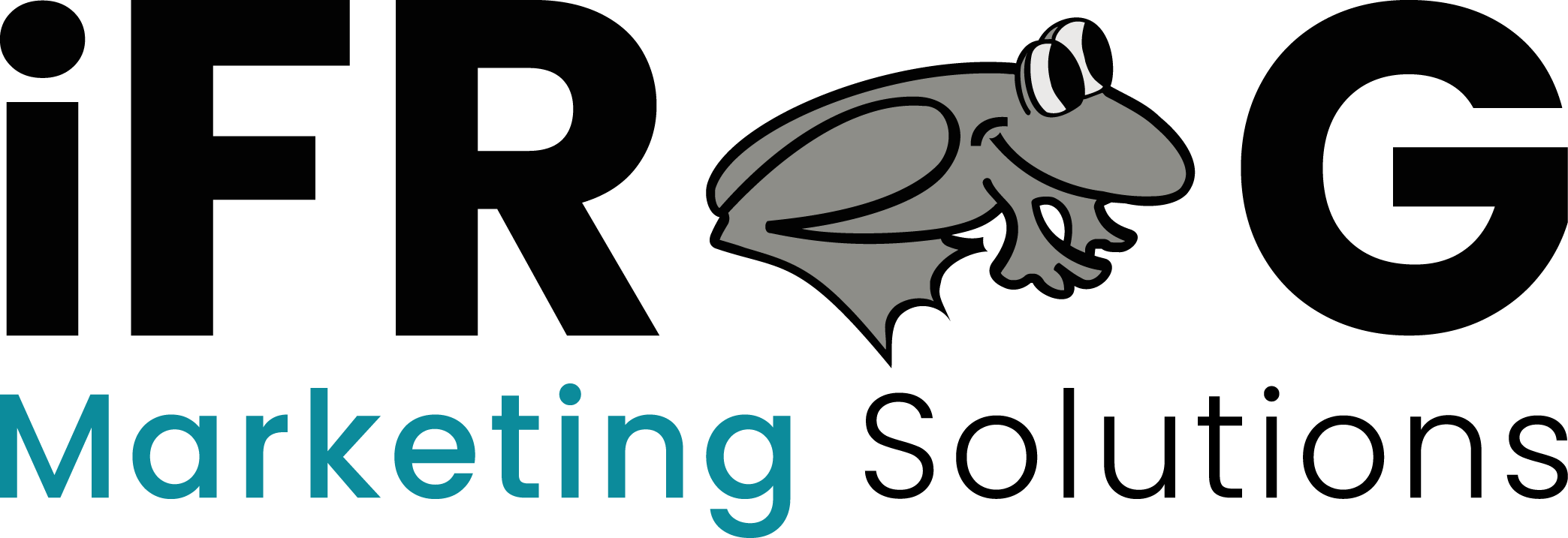There are many questions to consider when building a marketing plan. At iFrog, we consider the components of a marketing plan to be a key piece of collateral in business growth. Below, I’m going to showcase the important steps we take with our client partners when building a marketing plan.
Setting Objectives
The first step to building a marketing plan is to set your business objectives. The clearer the objectives, the better the strategy and plan to execute. Ideally, marketing objectives will be directly related to business goals as the two are inextricably linked. Most business owners, operators and marketing managers say they want to increase sales or increase share of market.
Customer Assessment
The first question to ask is, “Where will your business growth come from?” This relates to the customer makeup. Will you want to drive new customer acquisition or build upon an already strong customer base to build loyalty? Or, perhaps a new competitor may have appeared on the scene, so the objective might be to simply maintain loyalty, or reduce risk of customer defection. The answer usually has much to do with how established a business is in the market, how much investment has gone into building your business/brand over time, and how well you have established and positioned your company’s competitive advantage.
It is a well-documented fact in business that it is much less expensive to retain a customer than it is to bring in new customers:
- Acquiring a new customer can cost five times more than retaining an existing customer.
- Increasing customer retention by 5% can increase profits from 25-95%.
- The success rate of selling to a customer you already have is 60-70%, while the success rate of selling to a new customer is 5-20%.
- 44% of companies have a greater focus on customer acquisition vs. 18% that focus on retention.
Retention should be the #1 priority — build loyalty and increase sales among them. Your most loyal customers are also the key to building your business. Learn from them by understanding who they are, what they look like, and then build a customer persona from your findings. This is about communicating with them and socially connecting. You will then know how to find and target similar customers, as they will be naturally attracted to you and provide a better ROI on your marketing spend. Knowing what attracts customers to you and nurturing those relationships will also keep competition at bay. What factors are most important to consumers? Is it price and quality? Service and delivery time? Maybe other factors or several combined? Is there customer loyalty? What makes your product or service unique compared to the current offerings in the industry?
When it comes to current or potential customers, marketers tend to gravitate to certain online channels to reach them (most often used by marketers):
Business and Market Assessment
Once customers are identified, the next question is, “What is your company’s position in the market?” Are you established as #1 or the leader in your category/geography, or are you still growing and trying to grab share from the top dog? Are you new to the market or have you reached a plateau and not sure where to go next? Is the market you are competing in saturated or are there only a few competitors? Is the category you are competing in growing or stagnant?
A thorough market and competitive assessment is key to understanding this and will allow you to formulate a sound strategy. This involves looking at sales and share data along with market penetration information, brand positioning, consumer attitudes and other factors:

Measurement of Success/KPIs
Once you have your objectives in mind, it’s time to think about how you will measure your success or define your Key Performance Indicators (KPIs). Your clearly defined KPIs will drive strategy and tactics for your marketing plan and should be tied to your business objectives.
KPIs can and should adjust as you learn and grow. Feel encouraged to test new ideas and stretch some rules along the way. Careful not to throw the baby out with the bathwater, though. This means give your strategies and tactics time to gain traction. Many marketers shift gears too much and too often. Even Machine Learning requires adequate time to gather data, learn from it and apply to your goals. Try to focus on trends rather than short-term data points.
Both Lead and Lag Metrics are critical to understanding how you are progressing. Lead Metrics, such as website visit trends and conversion rates, will help you understand how you are doing while Lag Metrics, such as sales/share, will tell you how you’ve done. “Vanity” metrics, such as page views and the number of social followers, will help little to assess value to your marketing.
Takeaways
- Review and set business objectives and opportunities.
- Assess your customer base.
- Analyze your current performance and position in the market.
- Set short and long term KPI targets.
- Review progress, test, learn and adjust.
At iFrog, We Cultivate Relationships That Connect People and Brands. Let’s create your next marketing plan together.


Comment